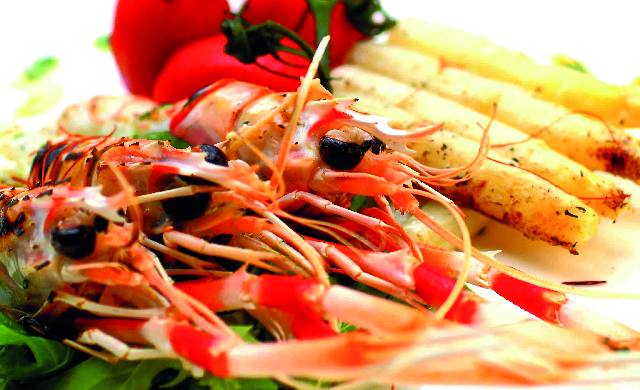No matter what the occasion, whether you’re a full-fledged, out and proud oenophile or a newbie to the grape juicedrinking game, there’s a wine for you. We rounded up a panel of trusted sommeliers for their recommendations in real-life situations, give you the lowdown on local wine retailers, and delve into the world of organic wines.
Sommelier Recommendations: The Panel
 Darius Allyn
Darius Allyn
Master Sommelier
 Matthew Baker
Matthew Baker
Chef and sommelier
 Dario Buonavoglia
Dario Buonavoglia
Chief sommelier, Ku Dé Ta
 Maximilen Fedkiw
Maximilen Fedkiw
Co-owner and sommelier, Le Bistrot du Sommelier
 Daisuke Kawai
Daisuke Kawai
Sommelier, Les Amis
You’ve just been given that promotion you’ve been working your ass off for, or finally gotten rid of that dead-beat husband of yours. It’s time to celebrate.
MB Nothing says celebration like Champagne. Billecart-Salmon Rosé NV is my favorite non-vintage Rosé as it’s nice and crisp, without too much bite and subtle notes that come through. Alternatively, a bottle of 96 Dom Pérignon should do the trick. Not because all the rappers drink it, but because it’s a big, symbolic Champagne. And well, that’s just how I roll.
DB Try a good Pinot Noir from Burgundy. Sit with a very good friend or your partner and enjoy very, very slowly.
DK If it’s a big promotion, a big name like Jacques Selosse Substance Grand Cru Blanc de Blancs Brut NV is a good choice. It’s rich on the palate, with a fresh, soft flavor and with almonds, peaches and apricots on the nose. I imagine if love had a flavor, this would be it. It’s like real love in your mouth. If it’s a small promotion, reach for Vouette et Sorbeé Blanc Fidéle Extra Brut NV. Like the Jacques, it’s also very soft with earthy flavors of mushrooms, yet is very refreshing with a pleasing natural sweetness. The style is similar, but of course, the price is much lower.
It’s a lazy Sunday afternoon and you’re hanging out with some mates who don't know anything about wine.
MB Californian Cabernet Sauvignons are good middle-of-the-road wines that please most. Stags’ Leap’s is a fruit-forward wine that’ll serve as a good introduction to wine. It’s not overly oaky, with big ripe fruit that comes through on the palate.
DB If someone’s a cocktail-drinker, a good approach is to try Sauvignon Blanc from NZ, think fresh and crisp with lovely aromas such as tropical fruits. If they’re beer drinkers, just go for the cheapest wine available. It’s going to take them a while to warm up to wine.
MF You can play it safe with Domaine Louis Moreau Chablis or crisp Sauvignon Blanc from Central Otago. A 2010 Mt Difficulty would work well.
You’ve been invited to a poolside barbie by an acquaintance and don’t want to rock up emptyhanded.
DA Think ripe and balanced flavors, so go with American Zinfandels (Seghesio or Outpost), Australian Shiraz (Mount Langi or Rockford) or Grenache (Clarendon Hills or Torbreck). All are all safe bets with BBQ flavors, whether it’s chicken or red meats.
DB A very nice sparkling Shiraz from Australia should do, such as Charles Melton from Barossa. Enjoy this plummy and peppery wine slightly chilled. It goes well with barbeque sauce and smoky flavors.
MF If you think you have a crowd that’s receptive and you want to treat them, create an impression with taste. There are some smooth, full-bodied Rhône Valley wines that are both decently priced and approachable. For reds, try a Rhône Valley Syrah or Grenache. They’re usually not too tannic, with a beautiful fruit flavor and quite flexible with a lot of different food. It can even take spicy food.
DK Try a light Bordeaux such as Château Pibran from Pauillac. For great value, there are some nice reds from Spain such as Palacios Remondo Propiedad Rioja Tinto. Not only is it reasonable, it’s very good value for the price. It’s quite a fullbodied wine that still has silky tannins with some cassis and blackberry notes.
It’s the all-important third date, and you’re looking to impress the pants off them.
DA Probably hard to argue against a great small producer Champagne—at least to start. Egly-Ouriet, Pierre Peters, and Jacques Selosse are a few terrific examples. Get a better idea of what your date likes and what would be the best choice according to their and your taste. That way you can get something that you could both enjoy—that’s the key to a great date, right?
MB Definitely a Californian Zinfandel such as Ridge’s. Expect an easy-to-drink wine that’s packed full of jammy fruit flavors and decent acidity. More importantly, it’s got one of the highest alcohol percentages, usually 16-17 percent. (Nudge-nudge, wink-wink, say no more.)
DB I’d suggest Jacques Selosse Version Originale NV. This is a good Chardonnay with bubbles, like a white Burgundy, that’s opulent and full-bodied. It’s got maximum ripeness and yet has preserved great acidity, with minerality. At the same time, it’s also respectful of nature and fully biodynamic. You should drink it out of a Burgundy glass to fully enjoy all it has to offer.
MF I drink Delamotte Brut NV with a lot of pleasure and it’s good for almost any occasion. This one will give you good sensations.
You’re hosting a cheese and wine do for a few close friends.
DA Depends on the friend. If they are “wine geeks”, then usually something more unusual like Portuguese, Greek, or Uruguay wines. If not, then I would bring something from the same country and specific region as the cheese served, and with a little age.
DB Mature cheeses like Pecorino and Parmigiano-Reggiano do well with Grenache, which has tannin to balance the flavor of the cheese. A classic with blue cheeses is a sweet-style wine. Try a Pinot Gris from Alsace which has a bit of structure and enough residual sugar to be a good match.
DK Camembert and brie go best with white wine, such as a New World Chardonnay. Strong blue cheeses such as gorgonzola pair well with sweet wines like Sauternes and Tokaji. Something like manchego, depending on how aged it is (which dictates how intense the flavor is), needs a medium- to full-bodied red wine. It being Spanish is entirely optional.
More
Sommelier Recommendations
Where to Buy
Tasting for Dummies
Organic Wines: Old Methods in New Bottles






















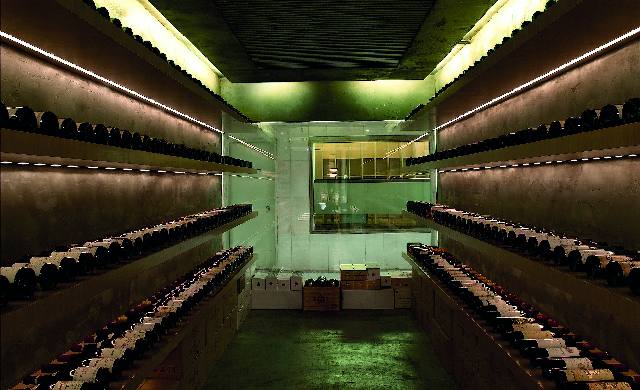
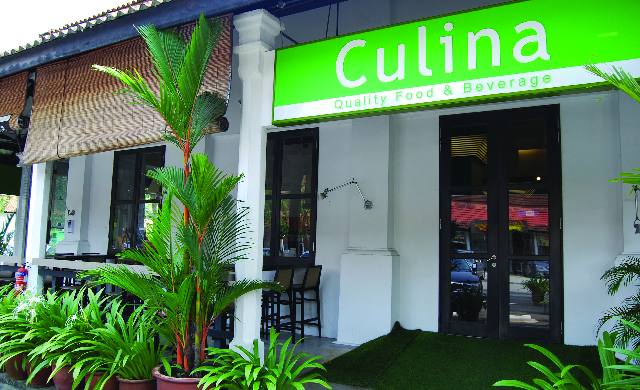
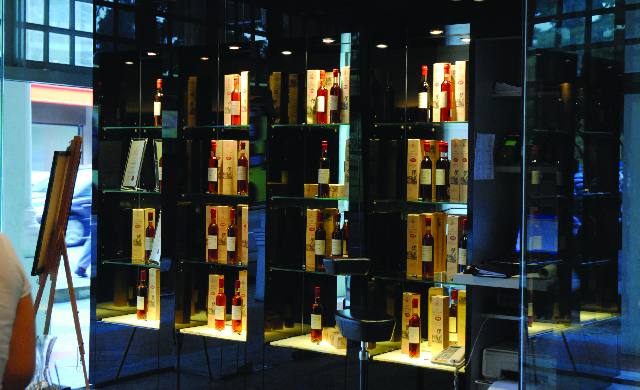
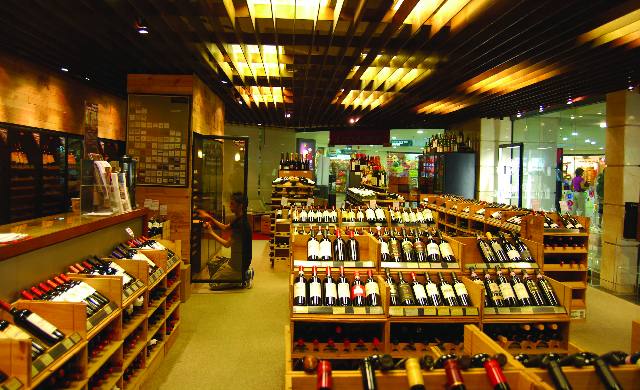

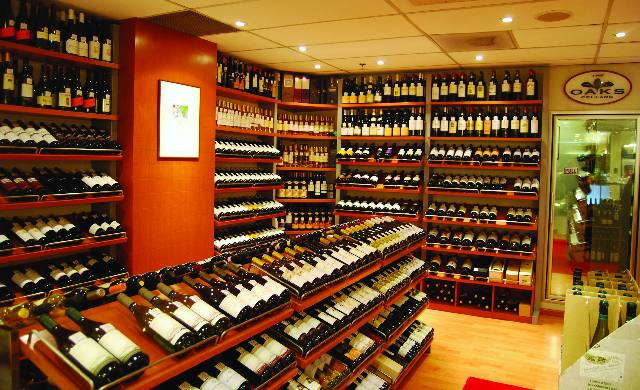
 Darius Allyn
Darius Allyn  Matthew Baker
Matthew Baker Dario Buonavoglia
Dario Buonavoglia Maximilen Fedkiw
Maximilen Fedkiw Daisuke Kawai
Daisuke Kawai